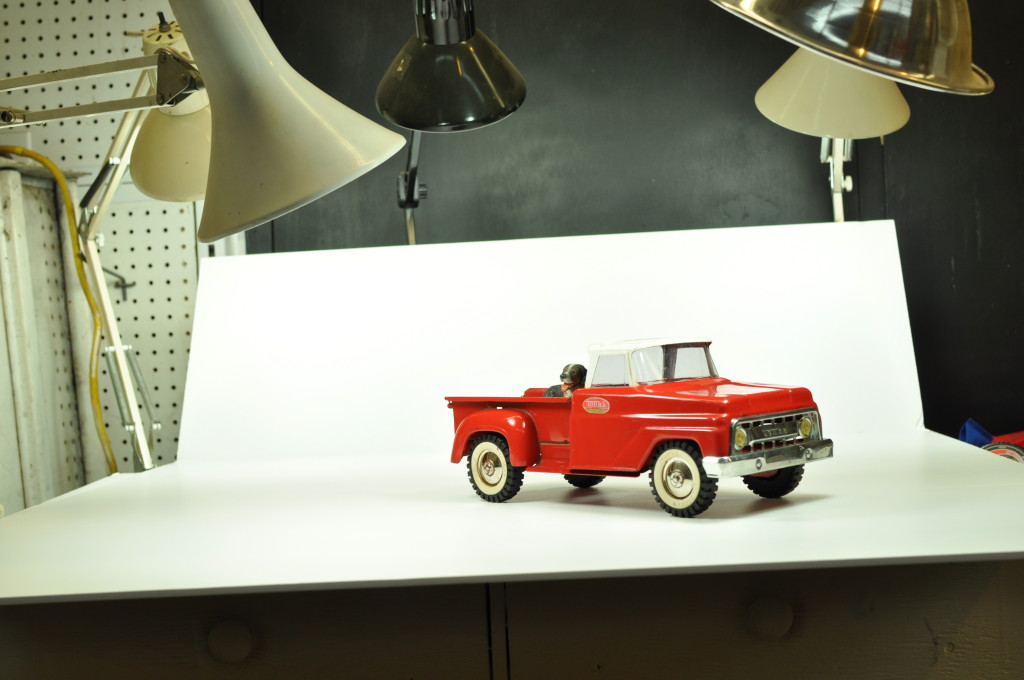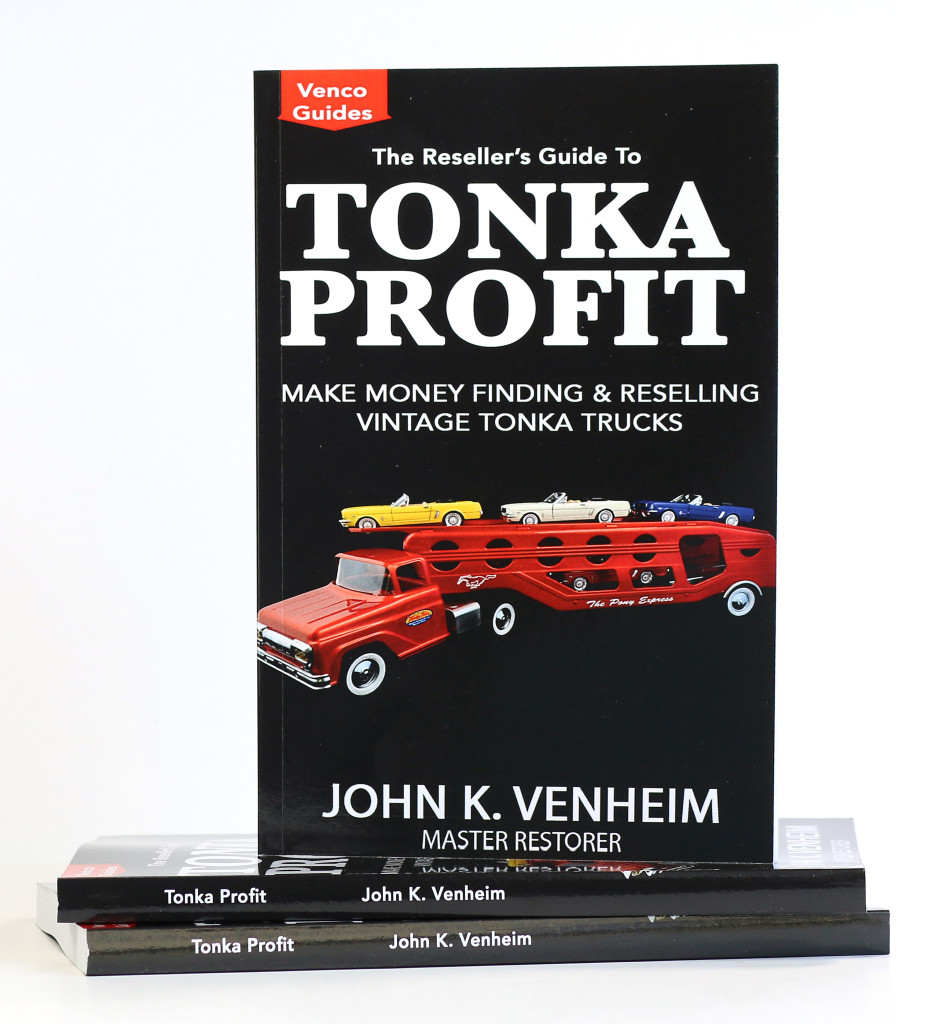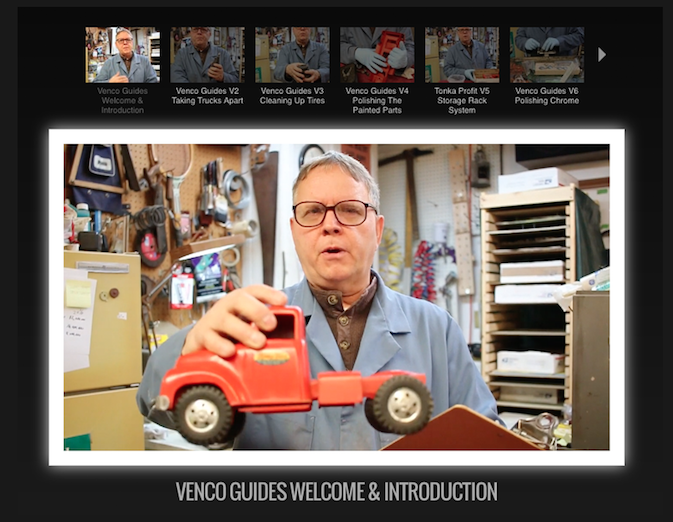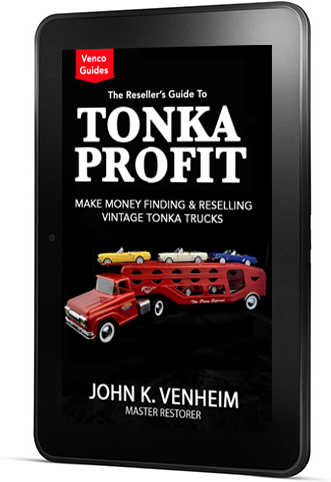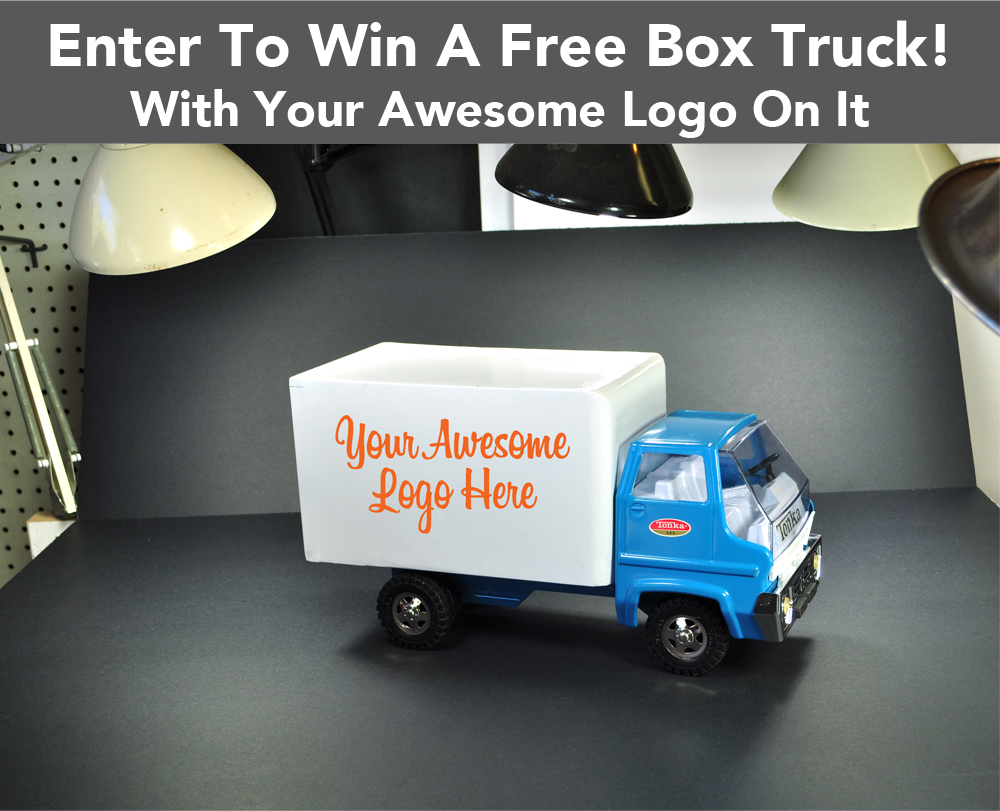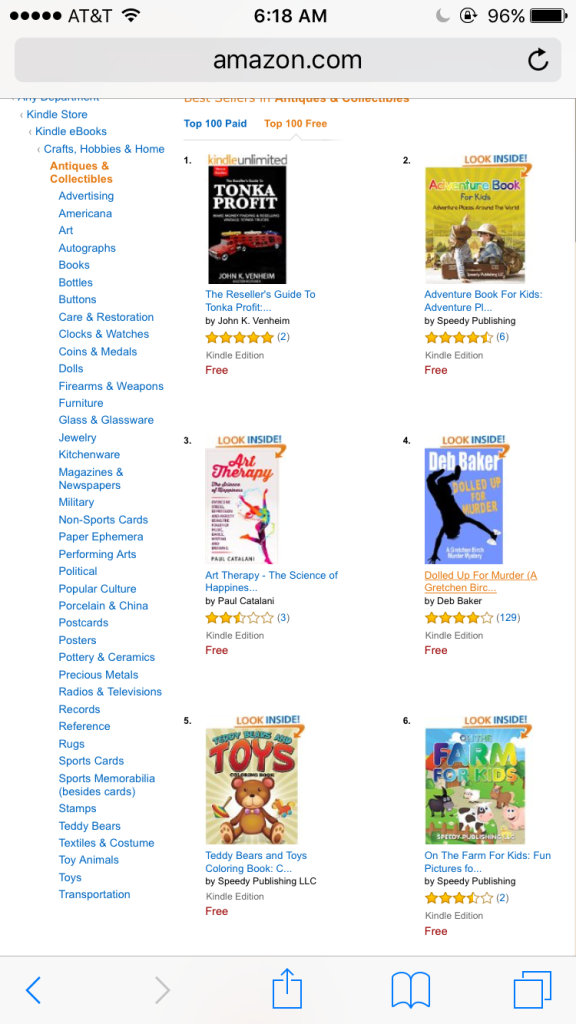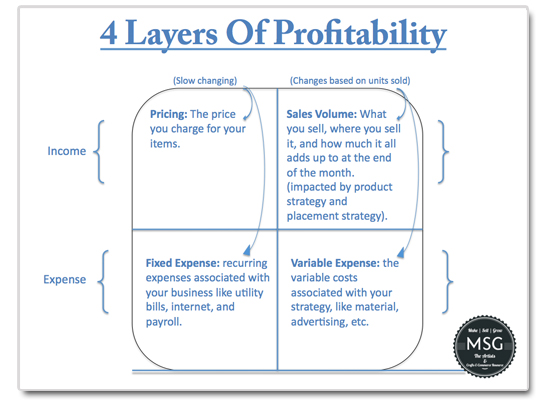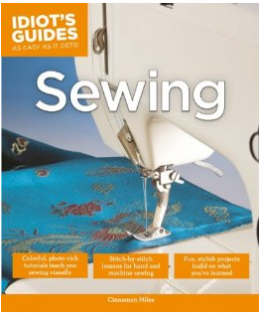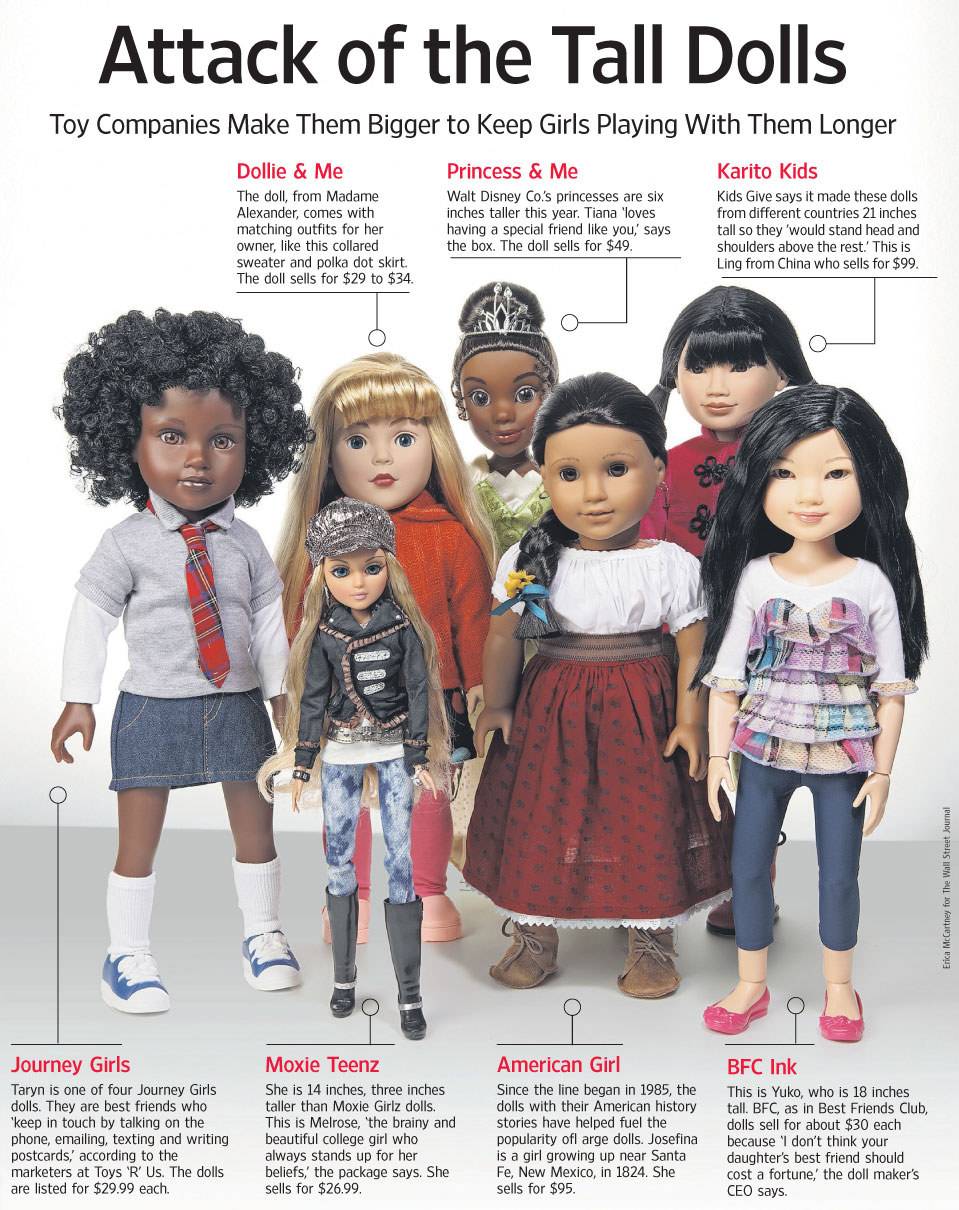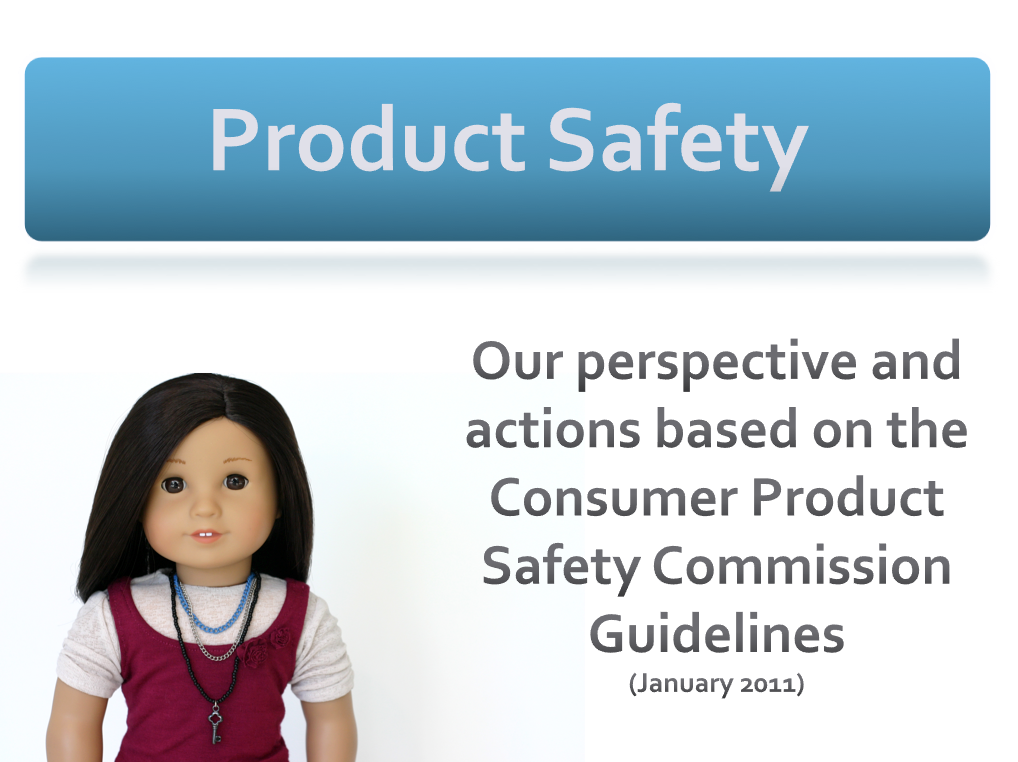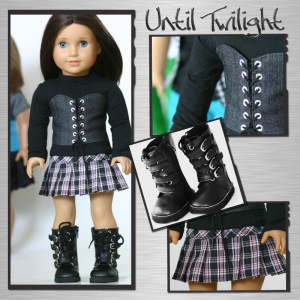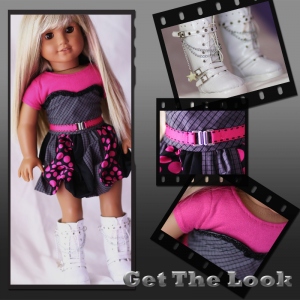How do you scale up a craft business?
How do you take a craft related hobby and turn it into a business?
How do you go from selling one-off products on eBay (or Etsy) to a larger business?
These are all common questions for artisans and crafters. Over the next few months I’ll share my results as I work to accomplish these goals with my business partner John Venheim. In this first post I’ll explain what we are doing and walk you through our approach to growing his business.
The Backstory: Last October I was asked to share our story (about Liberty Jane Clothing & Pixie Faire) at an event in Portland. When it was over a guy came up to me and told me about his passion – restoring vintage Tonka Trucks.
John’s story was oddly familiar. He had a hobby he was great at, and could sell items on eBay successfully, but he didn’t know how to scale up the business and take it to a higher level – a six figure level.
His story sounded familiar to us because that was the exact same spot we were in with Liberty Jane in the summer of 2009. Back then we could sell everything Cinnamon could make, but she was exhausted – sewing until midnight to fill orders. But we figured out how to scale up from there by using her unique skills to build a brand and a business. We went from being a $1,000 a month seller on eBay, to now selling over $2,000 a day on various sites including our own.
John wondered if I could help him figure out a similar path forward.
So over the last few months I’ve had a blast partnering with him to help figure it out. Here is our strategy and how we are implementing it.
Product Strategy
John is amazing at restoring vintage trucks and he can do that job day-in-and-day-out making on average $40 an hour. That’s actually really great for a craft based business. Lots of crafters make much less than minimum wage! But John needed more (and different) product ideas if he was going to scale up his business.
So we focused on looking at his work from another angle – the ‘make money online’ angle. Why? Because there is a hungry market of people trying to figure out how to make money online – and John’s good at it and sharing how he does it didn’t worry or concern him. Why? Because John can only find and repair so many Tonka Trucks – and their is a very large world out-there filled with old Tonka Trucks waiting to be restored and re-sold.
So we decided to focus on this new market and approach it with a few information products. John is also focusing on a few new physical product ideas as well. We are releasing,
- A book in both Kindle and Paperback form.
- A 14-part video series.
- A Be-On-The-Lookout Guide.
Here is what some of that looks like:
Price Strategy
One thing you might notice is that we are leading with ‘Free’.
- The Kindle version of the book is free for the first five days, (from April 14-18) and we’ll continue to offer it for free occasionally over the months and years to come.
- The paperback version of the book is free for those who are willing to cover shipping & Handling.
- The Be-On-The-Lookout Guide is free on the website we well.
Placement Strategy
Placement refers to your strategy of where you’ll sell. We are focusing on using Amazon and our own website for these new products. Of course, John continues to sell his physical items on his eBay account. We are also exploring ideas related to other locations where we can sell custom trucks – and feature the books alongside the trucks.
- Using Amazon, a huge marketplace is a natural location for the kindle and paperback books. This will allow us to have continues exposure to a large community of potential buyers.
- Using our own website, www.tonkaprofit.com, also has advantages. To accomplish this we used the Shopify platform. In addition to Shopify, to deliver the ‘Free+Shipping’ offer for the paperback book we used ClickFunnels, an amazing ecommerce tool that gives you a nice set of options related to how you structure your offers.
Promotion Strategy
We have a fun promotional strategy we are trying. We are giving away a custom box truck – that can have YOUR logo on. (Feel free to enter if you’d like). John has offered to do a few of these as part of our promotion strategy and so we are running a raffle from the 14th of April through the 30th to see how it goes. To enter you have to join our newsletter list and there are a few other ways to enter. To do this we used www.rafflecopter.com. Here is what that looks like:
Will Any Of This Work?
The early signs are good. We are already #1 in a category on Amazon (For Free ebooks).
So that’s fun! Here’s what that looks like,
[Update, we reached #1 in the Antiques & Collectibles Category, which is exciting. Here is what that looks like… ]
But as with anything else – we are learning by trial-and-error. I’m honored to partner with John on this project and it will be fun to see how it all works. As a lot of you know I’ve been helping Cinnamon with the marketing of doll related products for a long-time, so playing with Tonkas is a fun change! Stay tuned – we’ll keep you posted on how this all goes.
Of course – if you know people who might be interested in the topic of Tonkas – feel free to share this blog post with them and/or the website, www.tonkaprofit.com
Jason
Ps. Some of the links in this post are affiliate links, which means if you click on them and decide to purchase something I will earn a commission. The commission comes at no additional cost to you. Please realize we only include these types of links for companies we know, like, use, and trust. But please never purchase anything from a company if you can’t afford it – or if you’re not sure it is right for you. Do your research and decide carefully.
